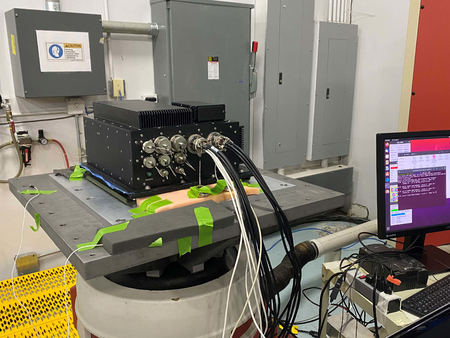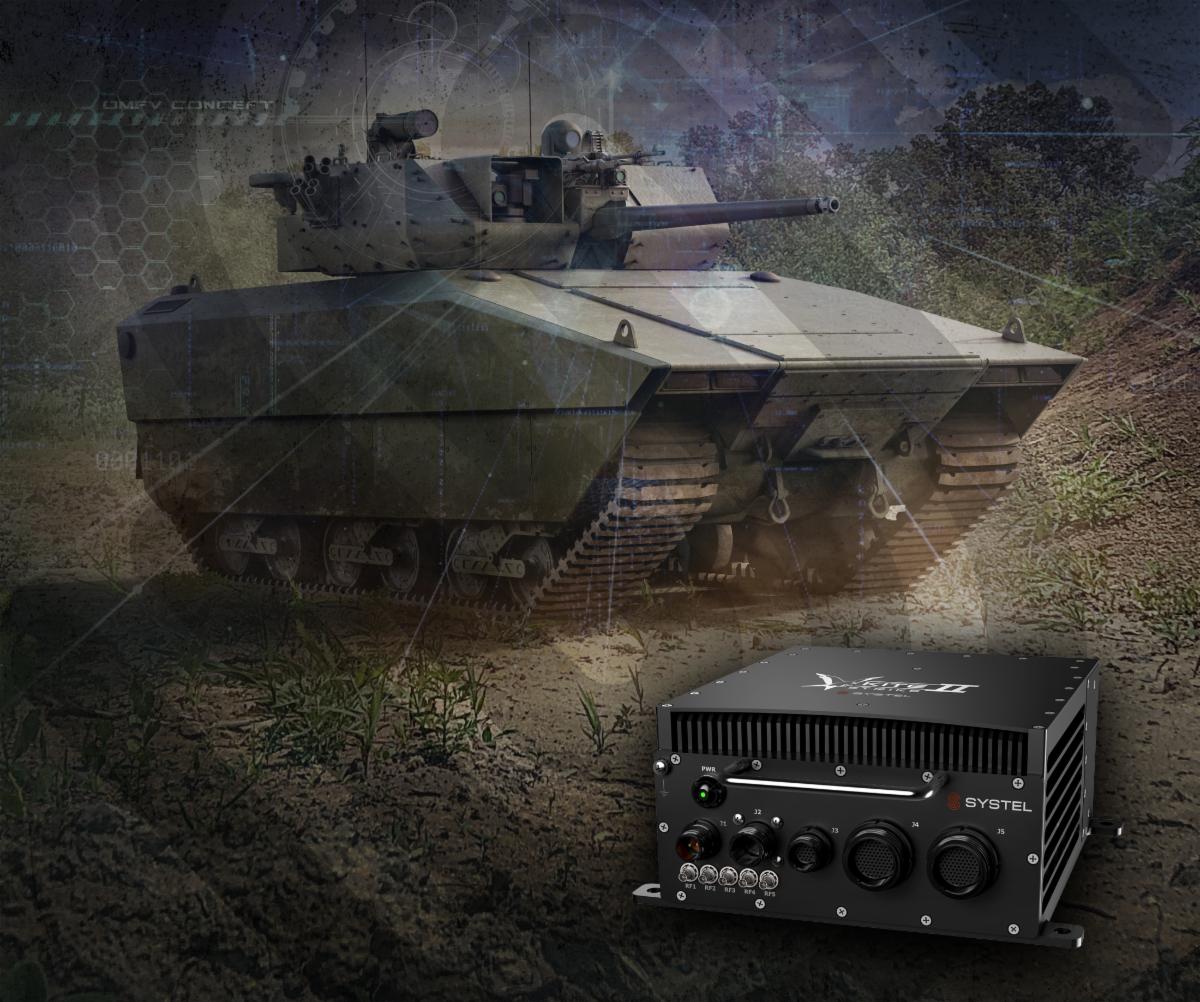Product Testing: Proving Our Rugged Credentials

Product Testing: Proving Our Rugged Credentials
When investing in ruggedized computers for mission-critical applications, it’s important to know that they can withstand the extreme conditions they’ll face in the field. So how do companies such as Systel test their ruggedized embedded computers and rack mount solutions to ensure that, no matter what, they will perform when they’re needed the most? In this blog, we find out.
If you’re using a rugged computer, you want the reassurance that it will keep running in all environments, wherever you are on the planet. This could be the sweltering heat of the desert, freezing wet conditions during a wintery night, or the back of a truck that is bouncing along a dirt road.
Whatever harsh conditions your hardware is experiencing and the software it is running, you need to trust that it is durable and will still run regardless, meaning you can get your tasks completed without any unforeseen technical hitches. For some of our customers, particularly the military, a computer that is 100% reliable and runs without problems could be the difference between life and death – and that is no exaggeration.
Our 30 years’ experience providing ruggedized computer hardware solutions to the military and other demanding industries, including oil and gas, means that we have built up a huge amount of in-house knowledge and experience around product testing. This guarantees that when a product is delivered to our customers, it has gone through a comprehensive test program and the chances of failure are extremely low.
Testing, testing, and more testing
We put our products through the wringer, with in-house vibration and temperature testing, and contracting with trusted third-party certified test houses for the full suite of MIL-SPEC tetsing, including MIL-STD-810H, MIL-STD-461G, MIL-STD-704F, MIL-STD-1275E, and DO-160G. We understand the austere environments our systems are deployed in and harsh conditions our systems are subjected to; failure is not an option and we test, test, and test some more to ensure reliability.
Read more: What is a rugged computer? Everything you need to know about ruggedized computers and servers
Over the years, we have built up an industry-leading testing capability here at Systel, which includes the machinery and equipment required to carry out the testing, and expert test engineers that are absolutely essential when it comes to ensuring that our designs and final products meet only the highest standards.
This in-house testing capability also allows us to shorten our development cycles as we can identify areas of improvements quickly, and that ultimately saves on cost. It’s possible for us to fully test a piece of equipment in just one week.
Our engineers are able to carry out testing for high and cold temperatures at our facility, which is vital in helping us understand whether our computer hardware solutions can withstand extreme temperatures or temperature shocks. This is particularly important for adhering to MIL-STD-810H.
For temperature testing we place our hardware – which is switched on and operating as would be expected in a real-world scenario – into industrial equipment that can replicate extreme heat or cold for prolonged periods, as well as rapid temperature changes that might be experienced by some of our ruggedized systems. An example of this is an embedded computer installed on a drone, which descends from 30,000ft where the temperature is -40C, to its desert base for landing where ambient temperatures can be +60C.
For high temperature qualification, a product needs to perform at 100% load (computational work) for two hours at the operational high-end temperature without failing, which we can simulate at our facility. During these tests we are making sure that the thermals and airflows are working well, especially for the CPU/GPU when running at high loads, and that there are no hotspots (this can be done with probes or thermal imagery) or other anomalies.
For our embedded products, we can also carry out stringent testing at very low temperatures to check that the system properly functions and no components fail.

Check Out Our Embedded Computing Solutions
Download The Product SheetShaking it up: in-house vibration testing
We also have the ability to do in-house testing for another important area that requires high-quality ruggedization: vibration and shock. Equipment that is ruggedized to withstand vibration and shock is a key part of MIL-STD-810H, as well as other non-military standards such as the aviation-specific DO-160G, which ensures the durability of equipment installed on airborne platforms. For the naval domain, there is the MIL-STD-167-1A standard for shipboard equipment vibration.
To perform vibration testing we have an electrodynamic shaker table, and this extremely useful piece of equipment means that we can fully test our hardware so that it meets the required vibration standards. Products can be tested on all three axes and we even design custom-mounted fixtures so that it correctly replicates the use case and final installation for the customer.
As part of vibration testing, we can simulate a number of vibration profiles that match real-world scenarios, including helicopters, fixed-wing aircraft and vehicles with trailers fitted. There are also custom profiles from customers that we routinely test with.
It’s safe to say that a standard off-the-shelf computer will not pass these tests – only ruggedized will survive!
We make sure we thoroughly test our systems, and even if a system does fail in initial testing, we see it as a key learning experience that only adds to our rich history of testing. Every test is yet another addition to our extensive library of design tactics that we can draw upon to ensure that the final product is as reliable and durable as possible.
Our capability to do in-house testing means that we can provide ample evidence about how rugged our systems actually are. As a company, we will not advertise our hardware as being certified to specific rugged standards without going through meticulous real-world testing to prove it.
Let's Talk!
Have questions or want to learn more?
Contact our team and let’s talk!